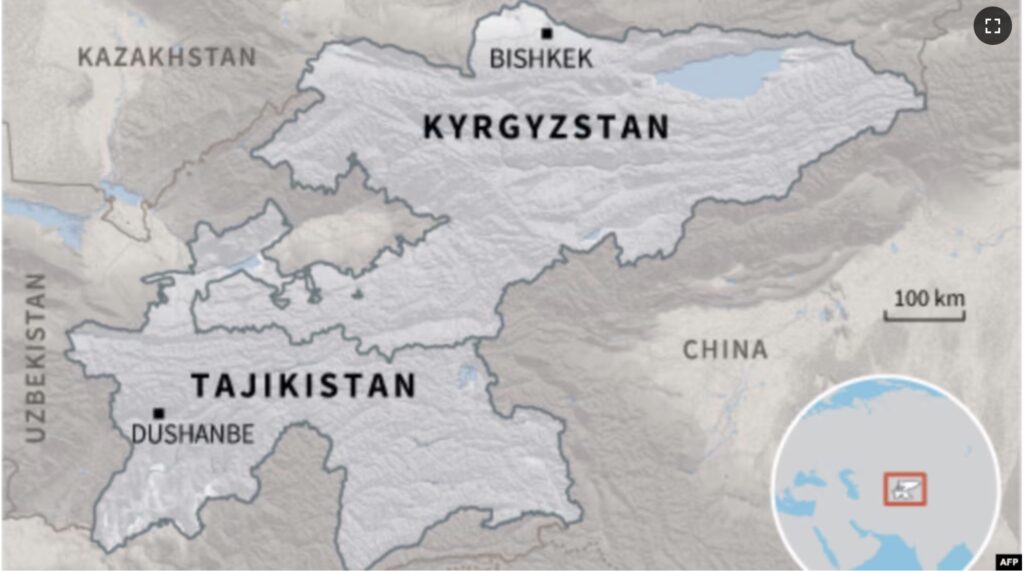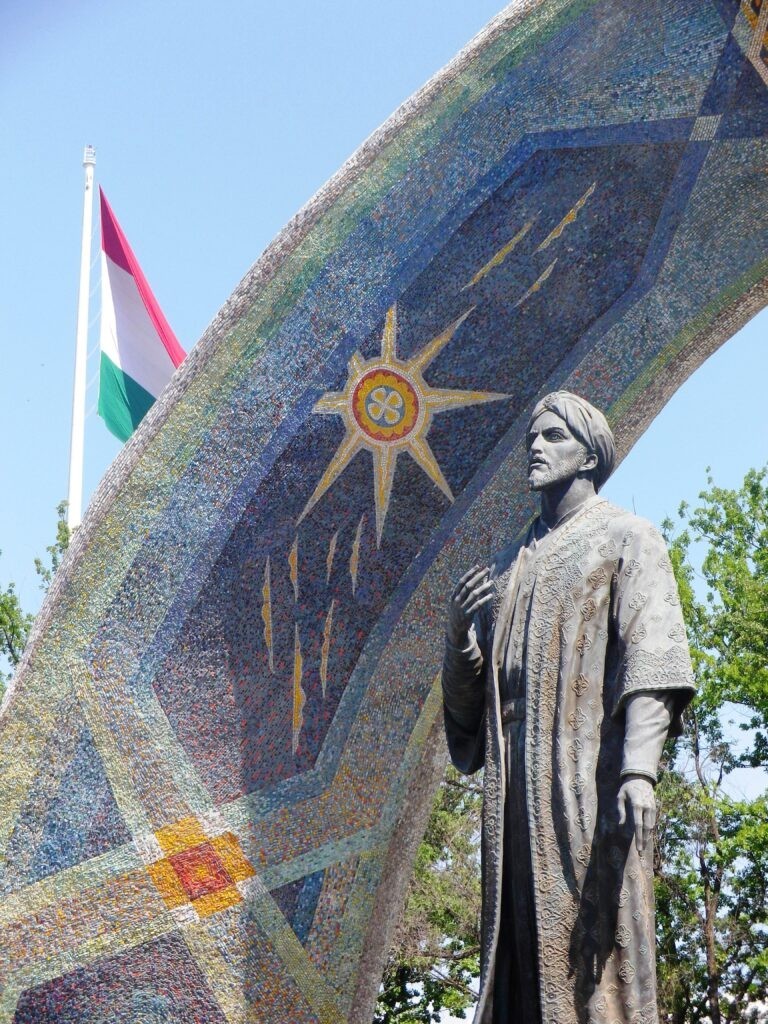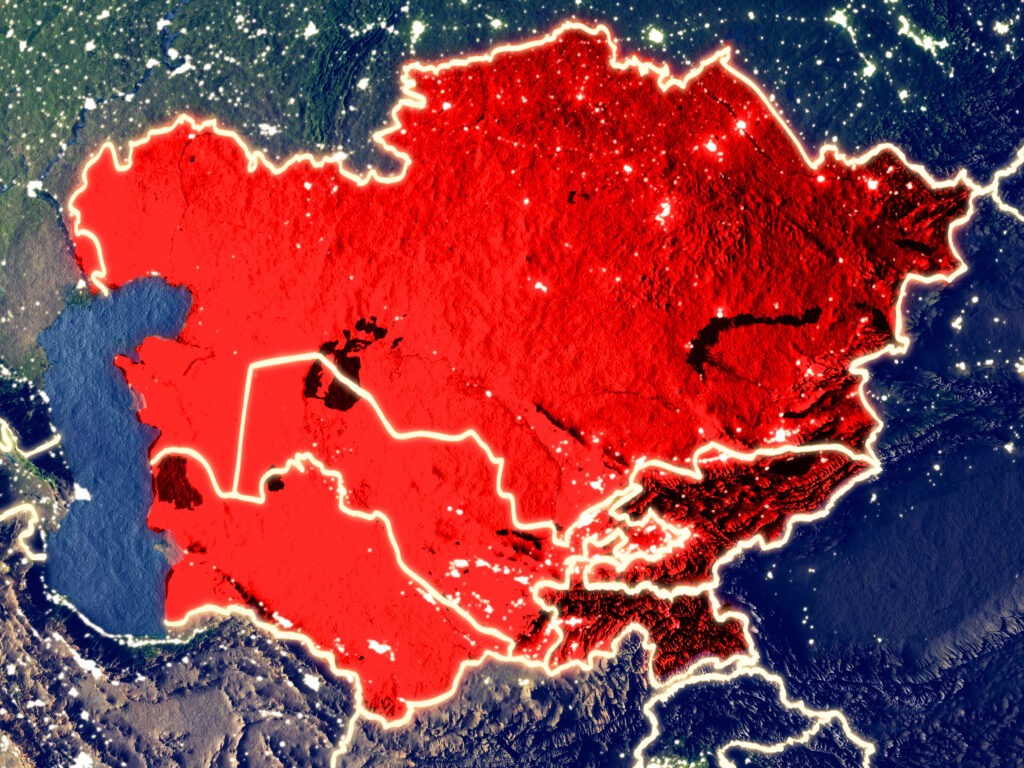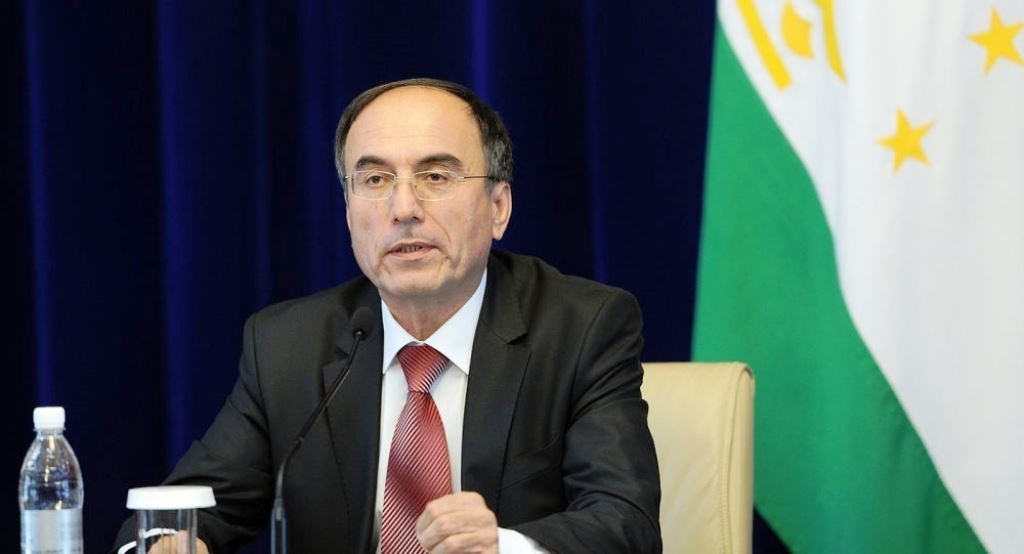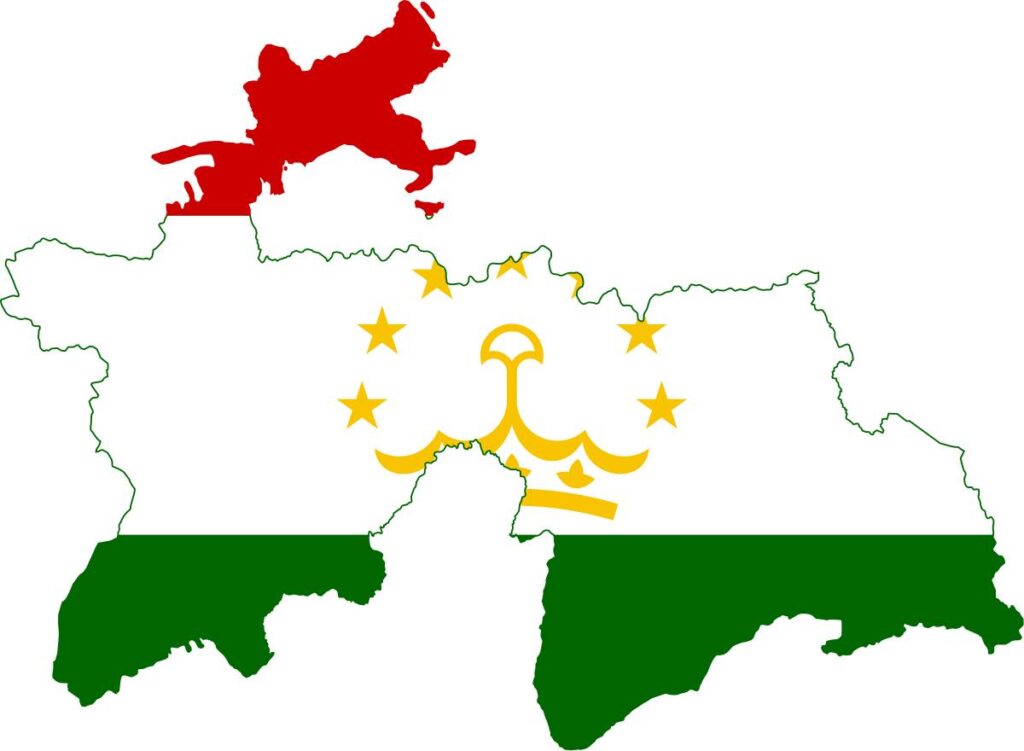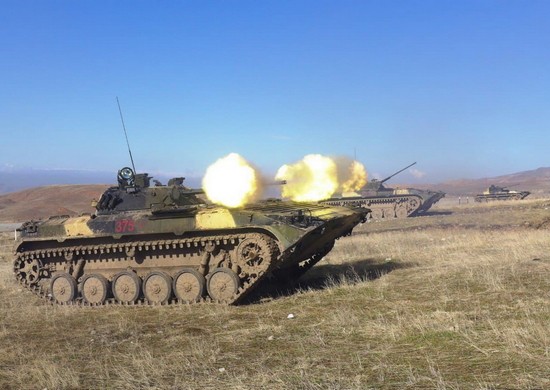Kyrgyzstan and Tajikistan continue to work on harmonizing state border
Topographic working groups of the two countries gathered in the city of Batken in the Batken region of Kyrgyzstan between January 10 and January 16, and agreed on another major 38.35-kilometer section their state borders, the press service of the Kyrgyzstan Cabinet of Ministers reports. "In accordance with the agreement reached in the period from January 10 to 16, 2024 in the city of Batken of Batken oblast of the Kyrgyz Republic held a meeting of topographic working groups and working groups on legal issues of the government delegations of the Kyrgyz Republic and the Republic of Tajikistan on delimitation and demarcation of the Kyrgyz-Tajik state border," reported Cabinet of Kyrgyzstan on its website. The Kyrgyz authorities note that the meeting was held in an atmosphere of friendship and mutual understanding, and a protocol was signed following the meeting. The parties will continue work on the description of the remaining areas at the next meeting, which will be held in Tajikistan. The previous meeting was also held on the territory of Tajikistan from December 17 to 23, 2023. At that time, almost 12 kilometers of the state border were agreed upon. It should be noted that as of today, Kyrgyzstan and Tajikistan have agreed on 90 percent of the territories of the state border, the total of which is 975 kilometers. Next year, the authorities of both countries plan to finalize the delimitation. Issues related to delineating a common border between the two countries arose after the collapse of the USSR, particularly with regards to lands rich in water resources, given that irrigation of agricultural lands and private plots is critical in this arid region. More than 30 years have passed since the collapse of USSR, and the parties still have not agreed on the disputed territories. This has caused periodic conflicts between the citizens of border villages and residents of enclaves and border guards of Kyrgyzstan and Tajikistan, including the use of heavy weapons. The last such conflict took place on the territory of Batken oblast of Kyrgyzstan and Sughd oblast of Tajikistan in September 2022, where hundreds died deaths on both sides and civilian infrastructure was destroyed. Since May 2021, land and air communication between the countries remains closed. The presidents of the Kyrgyz Republic and Tajikistan have repeatedly discussed the delimitation and demarcation of the state border, and have decided to put an end to this ongoing issue after the above-mentioned most recent conflict. Since then, meetings of topographic groups have been held on a regular basis. The situation on the disputed territories is also monitored by the Collective Security Treaty Organization (CSTO). Both countries are members of the CSTO.
